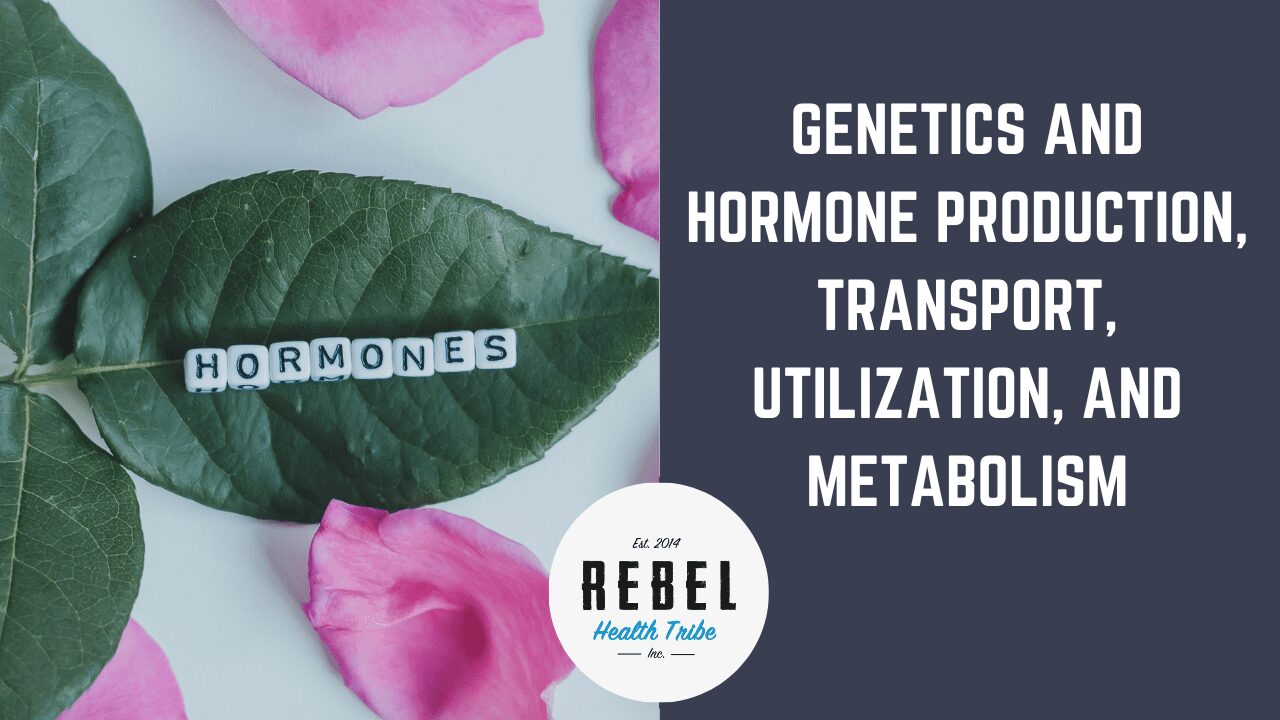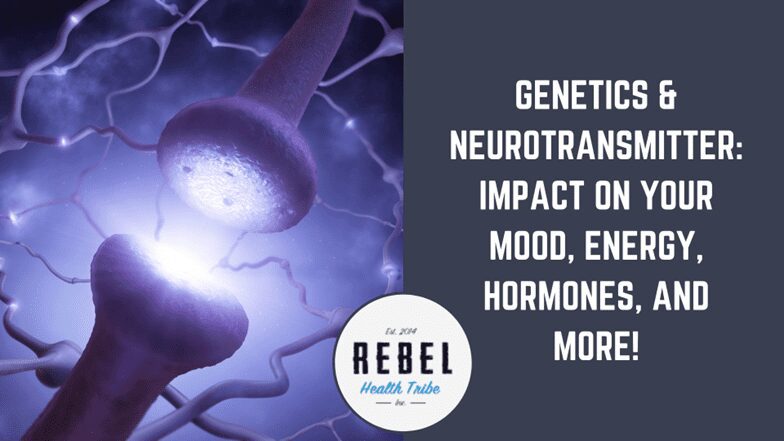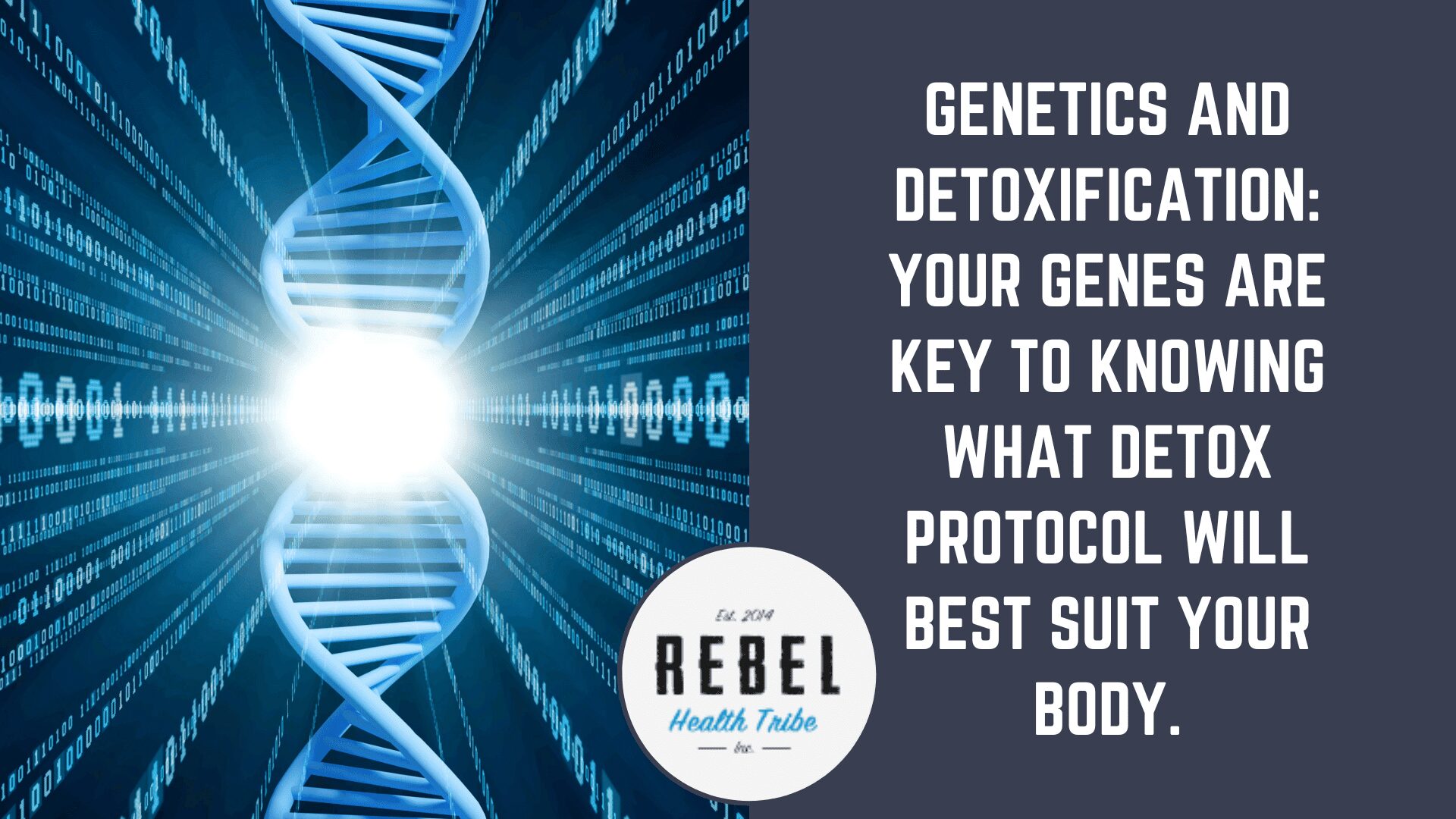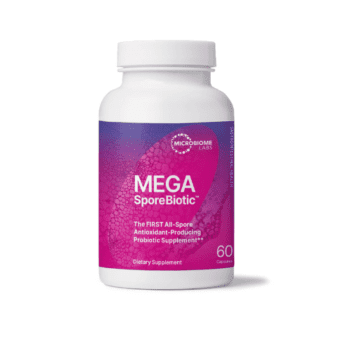
Genetics and Hormone Production, Transport, Utilization, and Metabolism
Our genetics play a larger role in our hormones than

Our genetics play a larger role in our hormones than

Have you wondered why an antidepressant didn’t work for you?

https://vimeo.com/821487331 If you’ve ever bought a detox kit off
How I Came To Love MegaSporeBiotic, the World’s Best Probiotic
Never did I think that some tiny spore-forming bacteria would be responsible for radically shifting my professional career or my life. Two years ago, I didn’t even know that such organisms existed.
I was plodding along, moving from one ‘professional-grade’ probiotic product to another, trying to find something that would really help my clients and those who attended classes and workshops that I taught. I understood that our microbiome, the trillions of tiny organisms that make our body home, was extremely important – but I was becoming increasingly frustrated with the lack of consistent positive results after trying at least twenty different brands of the ‘best’ probiotics on the market.
These included, but definitely not limited to: Klaire, Biokult, VSL#3, Innate Response, Designs for Health, Standard Process, Orthomolecular, Theralac, Garden of Life, Custom, and many other very respected, very expensive practitioner-only products.
NOTE: I still use products made by several of these companies, and am definitely not claiming these companies to be misleading, producing poor quality products, or anything of the sort.
This was the spring of 2014 and I was about to give up on probiotic supplements, as a whole – and move more towards only utilizing fermented foods. The problem with this approach, which concerned me, was that at least half of the clients I worked with did very poorly with fermented foods and couldn’t tolerate them at all – which is actually quite common in people with GI infections, overgrowths, inflammation, etc…
Finally, I came across something different. While listening to an episode of Chris Kresser’s (well-known Functional Medicine Practitioner) podcast, I heard him discuss soil-based organisms. The product he mentioned, specifically, was Prescript-Assist. Chris went on to explain that he’d seen better results with these type of organisms, and this product specifically, when compared with his experience using conventional probiotics – which generally consist of various strains of lactobacillus and bifidobacterium. With nothing to lose, I decided to give this product a shot. If nothing else, it was something different than what I’d been doing.
The definition of insanity is doing the same thing over and over again, but expecting different results.
– Albert Einstein
Initially, the results were rather encouraging. More people saw positive results than I had seen with any conventional probiotics, that’s for sure. There were still, however, many people who didn’t do well, or saw nothing at all. The improvements were generally very subtle for most people, if noticeable at all. Yes, it was better… but nothing really spectacular.
That’s when I stumbled upon a webinar titled ‘Forget What You Know About Probiotics‘, directed at practitioners, and hosted by Dr. Thomas Bayne, DC and Kiran Krishnan (Microbiologist) – the founders of Physicians Exclusive and creators of MegaSporeBiotic.
Needless to say, the information presented definitely peaked my interest. It was different, intriguing, and made sense.
I decided to give it a whirl.
Within a few weeks, she was reporting back that her allergies and
asthma were almost non-existent and she felt great.
As mind-blowing as this was, it was about to get even more unbelievable.
The first person I gave the product to was my mother-in-law. She had recently been diagnosed with Hashimoto’s, an autoimmune condition which attacks the Thyroid. Auto-immunity is strongly linked to gut permeability issues, GI inflammation, and gut dysbiosis (wrong bugs). She had also suffered from life-long severe (often requiring hospitalization) asthma and allergies (mainly to pets).
Within a few weeks, she was reporting back that her allergies and asthma were almost non-existent and she felt great. As mind-blowing as this was, it was about to get even more unbelievable. A few weeks later, so maybe 6 weeks after she began taking the spores, she came to visit us. We have a dog and a cat, so previously there is no way she would have even been able to come in our home.
Not only was she able to be in the house, she was able to pet the animals, which is something she hadn’t been able to do in decades without risk of life-threatening reactions. To say this was emotional for her doesn’t do the situation justice. Life-changing is more accurate.I was sold. From there, I started recommending the product to my clients, and in several Facebook groups that I’m in. One person after another was reporting back to me with rather amazing results, which I honestly wouldn’t have believed a few months prior. Word spread like wildfire through some of the Facebook groups and I started to get messages and emails daily from people asking how they could order the product.
I called Joe (co-founder of Rebel Health Tribe) and told him that we absolutely had to have Kiran on as a guest expert interview for our Primal90 Program to discuss all things microbiome, gut health, and spores. Kiran agreed, and his interview aired near the end of our month-long free launch event. Our inbox exploded. We had dozens of requests for Megaspore, and for ‘more Kiran’.
To satisfy both demands:
So that brings us to present-day. We’ve connected close to 1,000 people with Megaspore since March of 2015, and have received literally hundreds of messages, emails, phone calls, and text messages from people who have seen positive results using the product. We also now support approximately 70 doctors and other practitioners in the optimal use of the product in their practice – joining the over 2,000 practitioners using Megaspore in their practices world-wide. (Want to share with your practitioner? Email us at megaspore@rebelhealthtribe.com. We have practitioner-specific information to share.)
These tiny little spore-forming dynamos have totally transformed my practice, our business, and the inner ecology of thousands of people!
So… you’ve probably got about a dozen (or more) questions at this point. Let’s try to answer some of them.
A massive project, costing millions of dollars, has been undertaken to better understand the human microbiome. What they have discovered is changing the way that researchers and functional health practitioners are looking at disease and optimizing health. Here are a few facts coming out of the HMP that are particularly interesting:
So how do these bacteria get there? How is our gut populated? What disrupts this population? All good questions. (And all are answered in-depth in Episodes 4 & 6 of the Microbiome Series webinars) Let’s cover some basics:
So what can we learn from this information?
We just covered how the gut is initially inoculated/populated with our unique flora. Unfortunately (for many), that’s not the end of the story. Our modern life/society is definitely not conducive to the cultivation of a healthy microbiome. Here are some of the main culprits in regards to the destruction of our GI ecology:
Sales of probiotics have eclipsed $800mil annually, according to many estimates. There are dozens, probably hundreds, of different products on the market. As already mentioned, I’ve actually tried or utilized at least 20 different brands, products, strains, etc… myself, and with clients over the last 8 years. I’ve seen a few success stories, but overall – results from probiotic supplementation, especially if done without other supports such as digestive enzymes, Betaine HCL, anti-microbials to fight infections/overgrowths, etc… have been lukewarm at best.
The common approach/line of thought, when it comes to probiotic supplementation, is to “re-seed” with high doses of specific bacterial strains that we have found in certain areas of the digestive system. Unfortunately, I’ve learned this approach just simply doesn’t work.
When assessing a probiotic supplement, it’s best to ask four questions:
1) What is the survival rate of this product/strain? In order to have any benefit, a probiotic must be able to reach the desired location within your GI tract, while still alive. Many strains of bacteria included in probiotic supplements today are very fragile, even requiring refrigeration. The human gut, on the other hand, is over 96 degrees, involves very low pH (extremely acidic) environments, and is actually designed to keep out invading microbes.
Possibly the largest study done on the subject was done by the Food Standards Agency (FSA), along with Reading University, in the UK. They tested 35 popular commercial probiotic products, mostly comprised of lactobacillus and bifidobacterium strains. Here’s what they found:
So, at the end of the day, only 4 of the 35 strains showed any chance of survivability, and even that was at, or around 50%. These are not very good odds of survival. Another study looked at two popular yogurts (Chobani®, Dannon®), and a leading commercial probiotic (Ultimate Flora Critical Care ®) and found that the bacteria within those products had a survival rate (pH 1.3 for 2 hours) of less than 1%.
All-in-all, this does not say much for the survivability of most probiotic supplements.
2) What is the fitness of this particular strain? Many common probiotics are actually aerobic (using oxygen) bacteria attempting to seed in an anaerobic (no oxygen) environment. This is akin to trying to plant a bunch of fish in the desert.
Also to consider: can this strain(s) avoid immune destruction? Are there binding sites available for this strain(s)? Bacteria viewed as invaders will be attacked, and find it difficult to adhere to the intestinal lining.
In fact, a study done in 2007 tested the adhesion ability of 11 strains of lactobacillus and found that the best of the bunch had an adhesion rate of 38%, followed by 24%, and then down from there. This was using an intestinal cell lining model – giving the bacterial a completely optimal environment… unlike most people’s actual gut lining.
Not a very good showing in regards to the overall fitness of most probiotic products and common strains being used.
3) Is it Natural? Good questions to ask here would be: Are these strains found in nature? Did the strains in these products co-evolve with each other, and with humans? Do they belong in the human microbiome?
Also to keep in mind is that diversity is more important than sheer volume/numbers. Overloading a few specific strains does not help with diversity… and diversity is the goal! I’ve actually seen people create symptomatic imbalances in their microbiome by taking high doses of the same few stains over an extended period of time, or by over-doing it with the same fermented food in high doses, daily, for extended periods of time.
More (volume) is not always better.
4) What is the quality of the product? There have been a few studies and investigations into the actual quality of probiotic products, in general, and what has been found is rather alarming. The European Union, when looking into the issue, found that many products contained strains different than were labeled (some were pathogenic), contained the wrong number of bacteria, contained mostly dead bacteria, and several other disturbing misrepresentations and indicators of poor quality control.
Do you really know what you’re getting? More often than not, no… you don’t.
In summary, when we look at this “reseeding” approach through the lens of survival, fitness, nature, and quality, it doesn’t really seem like a very effective approach.
Spore-form bacteria are robust organisms that can survive the harsh environment of the stomach 100% intact. Through the evolutionary process, nature designed them to be transferred from human-to-human via the environment and food. They have evolved to be very stable in the environment and also to colonize the GI tract very effectively. In fact, studies have shown that certain developments of the human immune system specifically require spores.
I realize, at this point, you probably feel like you’re reading a commercial, thinking to yourself “ugh… here comes the pitch”. Trust me, I feel like I’m writing one. I have, in fact, never written an article regarding a specific product in my entire career. That is how strongly I feel about this subject, and how confident I am in the information being provided.
Personally, I’ve never seen any single supplement, product, etc… of any kind have anywhere close to the incredible impact we’ve seen Megaspore have with hundreds of people over the last 9 months or so. If you’d have told me a couple years ago that I’d see what we’ve seen, I wouldn’t believe you. That being said… why the big difference?
If some of the science above went over your head a little bit, that’s okay. Here’s my most basic understanding of the situation:
The FIRST thing is to sign up to see our popular Microbiome Series. You’ll also be given access to more information on MegasporeBiotic including how to order.
If you have any questions, feel free to comment below!
]]>
If you get fatigued, flushed, or foggy after eating, HistaHarmony,...

MegaSporeBiotic™ is a 100% spore-based, broad-spectrum probiotic shown to be...
MegaSporeBiotic™ Gummies are a 100% spore-based proprietary probiotic blend that...
MegaMucosa is the first complete mucosal support supplement of its...
An Exclusive Course with 10 Years of Microbiome
If you’ve ever wanted all of Kiran’s best
The toxicity and Detoxification Masterclass covers a wide
19 Leading Experts Share Cutting-Edge Science, Effective Practices,
Autoimmune Masterclass brings together 17 of the world’s
If you get fatigued, flushed, or foggy after...

MegaSporeBiotic™ is a 100% spore-based, broad-spectrum probiotic shown...
MegaSporeBiotic™ Gummies are a 100% spore-based proprietary probiotic...
MegaMucosa is the first complete mucosal support supplement...
An Exclusive Course with 10 Years of Microbiome Knowledge Build Your Resilient Gut: Microbiome & Beyond with Kiran Krishnan is the
If you’ve ever wanted all of Kiran’s best content in one place, here they are! These are the exact trainings
The toxicity and Detoxification Masterclass covers a wide array of topics with the following guests: 1. Lara Adler, Environmental Toxins
19 Leading Experts Share Cutting-Edge Science, Effective Practices, and Clinical Strategies to Optimize Brain & Nervous System Health in Kids